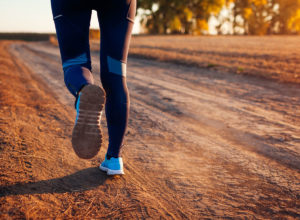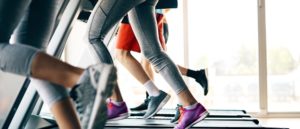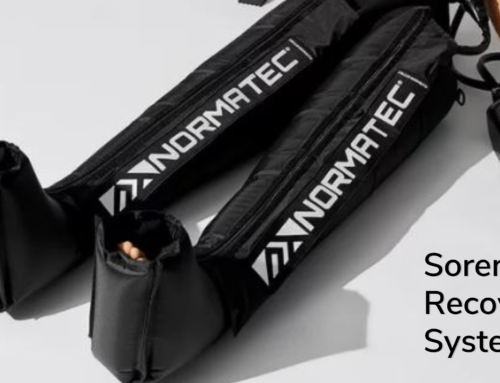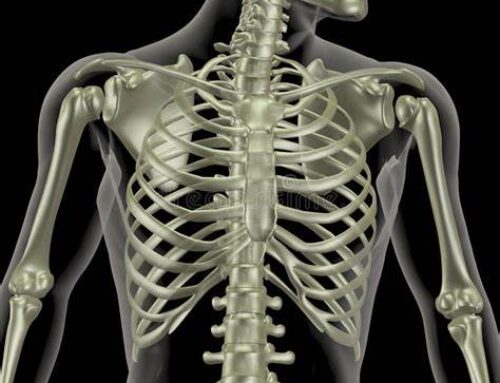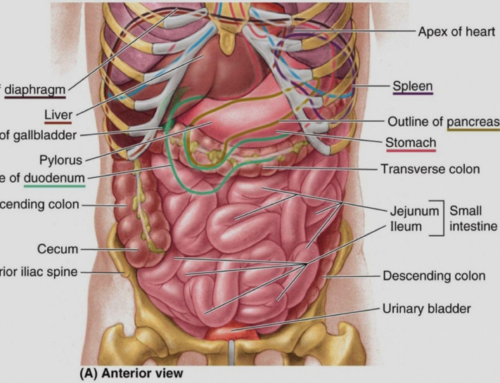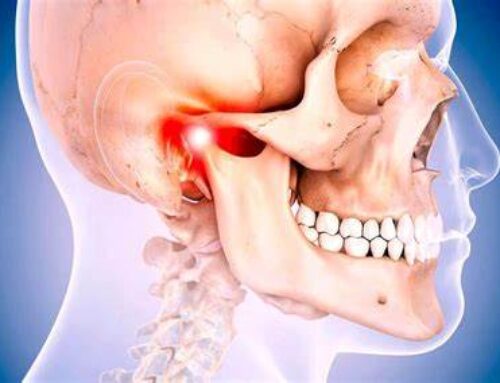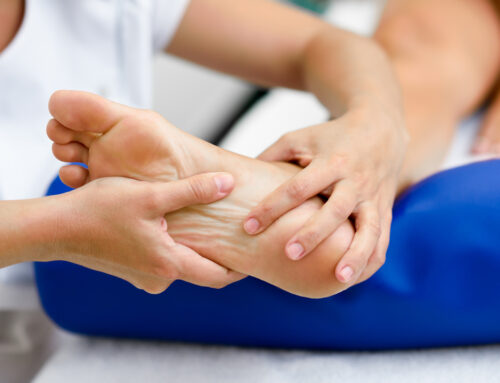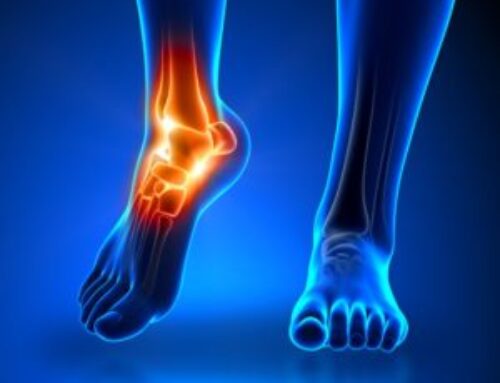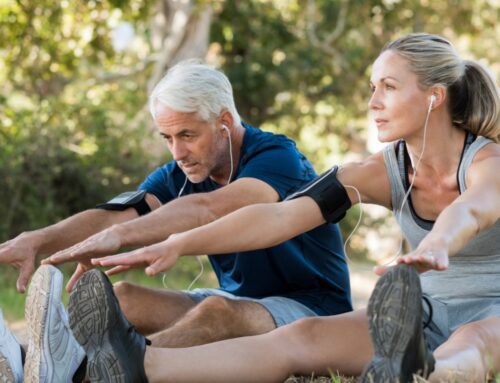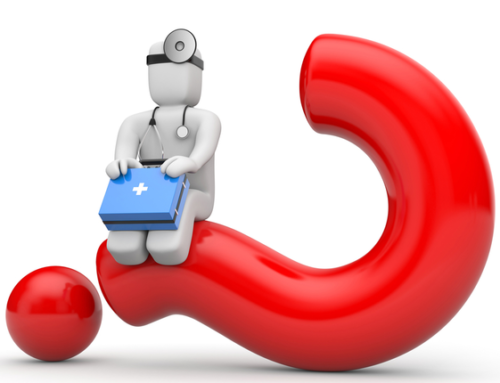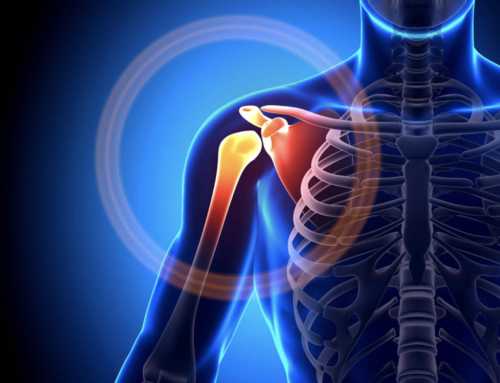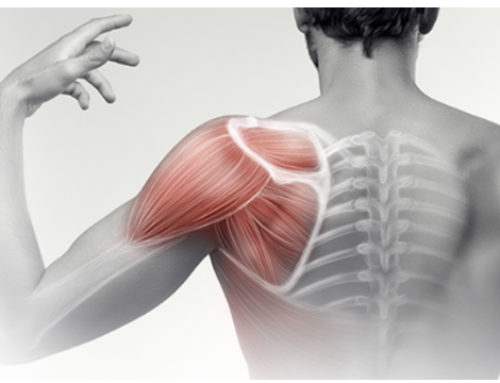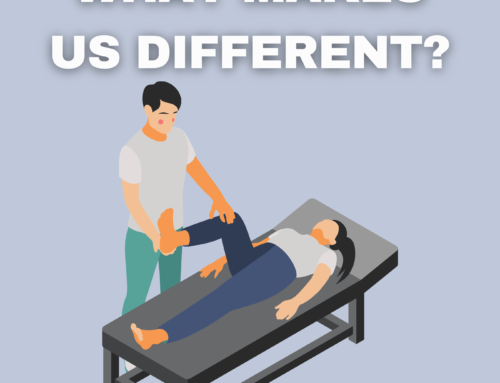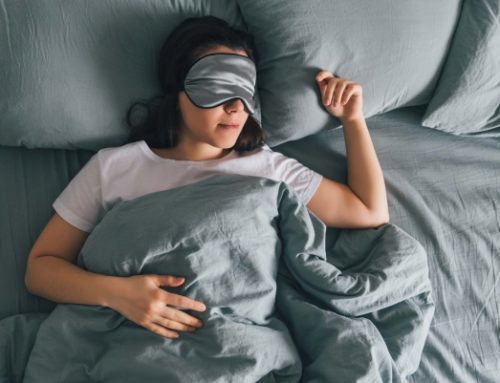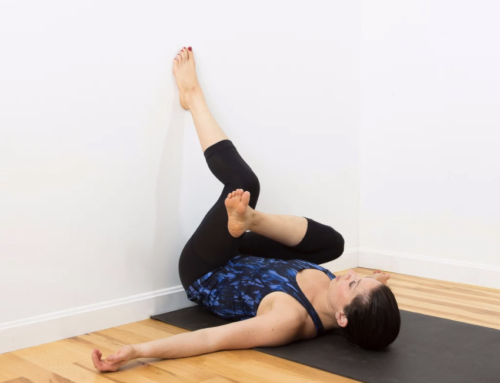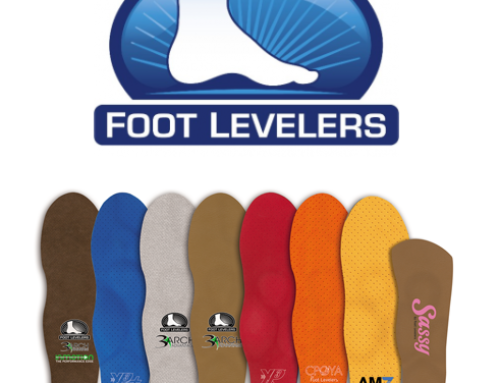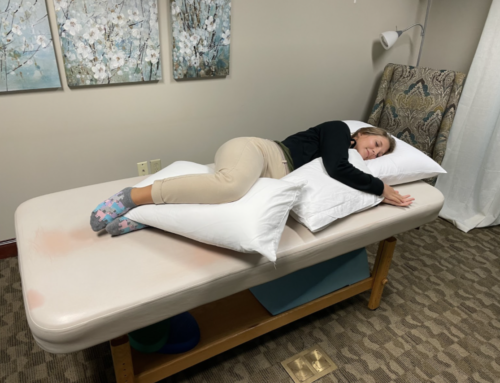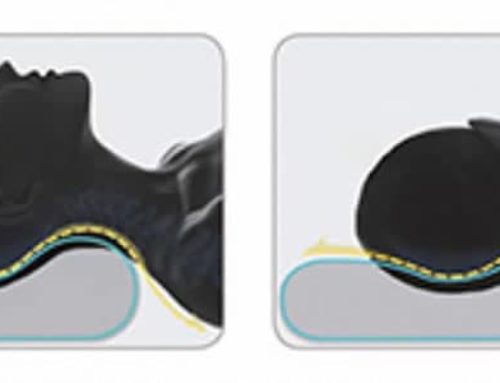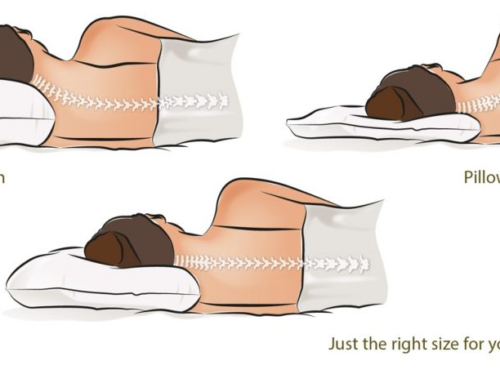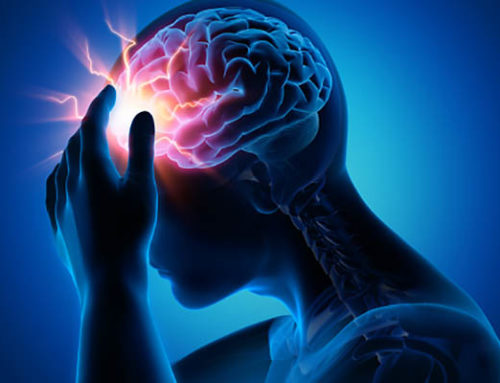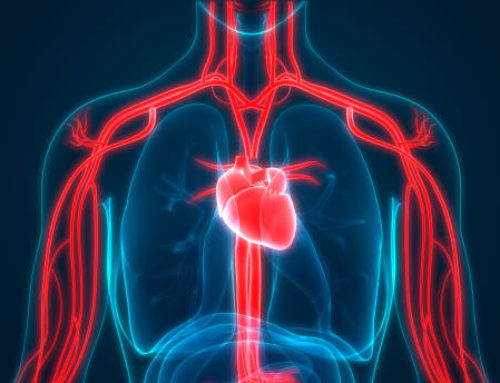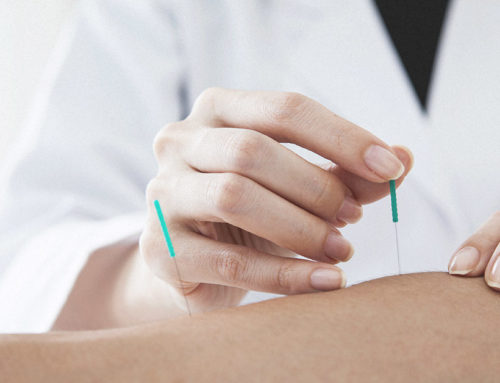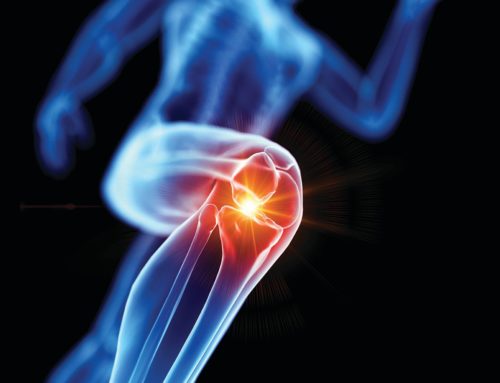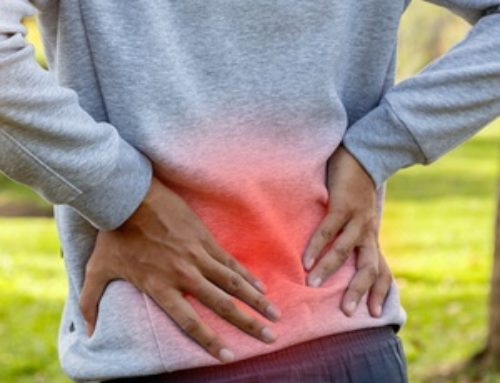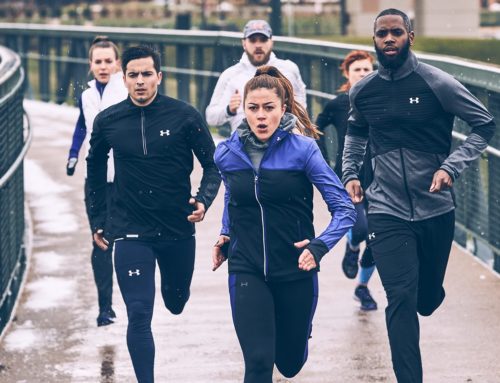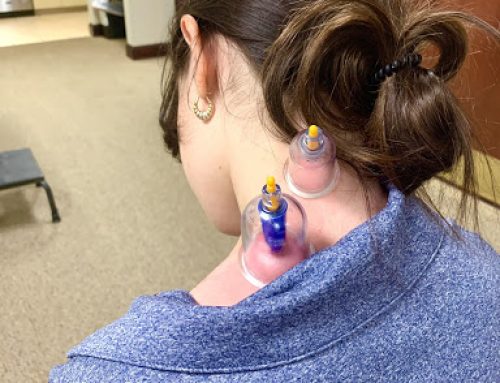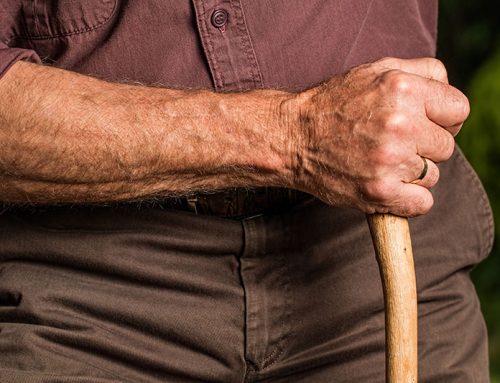Do you experience pain in the lower gluteal region when you go out for a run or even from sitting for prolonged periods of time?
You may be suffering from Proximal Hamstring Tendinopathy and not even know it!
What is PHT?
Proximal Hamstring Tendinopathy (PHT) is common among distance runners and athletes performing similar routines including sprints, hurdles, or just quick changing direction activities needed for football, basketball, etc.
PHT is characterized by deep, localized pain in the region of the ischial tuberosity (your sit bones), and often worsens during or after running, lunging, squatting, and sitting – A.K.A. a real pain in the butt for runners!
It is a less well-known injury, but actually much more common than you’d think.
Hamstring Overuse:
In an upright position, typically found to be the primary aggravator of this symptom, the hamstrings work a certain way to propel us forward. In running, the hamstrings eccentrically decelerate knee extension in the terminal swing phase and peak just before and after you land on your heel.
There is an increase in stored energy in the late swing phase of walking/running cycle that occurs in the hamstrings as the knee extends which contributes to higher loads contributing to hamstring overuse.
The hamstring origin may be subject to higher energy loads in greater hip or trunk flexion, for example, when running with forward trunk lean, over striding, and during uphill running.
For this reason it’s important to add in eccentric exercises and stretching the hamstrings to prevent injury.
Running or walking gait assessments are CRITICAL in the management of PHT.
Some common weaknesses that also contribute to poor hamstring strength include weak glute medius and magnus muscles. It’s essential to train these muscles to maintain pelvic dynamic stability during running activities.
What activities increase your symptoms?
If you have pain with the activities listed above, try changing your cardio fitness routine to cycling or swimming as these significantly decrease the load to your hamstring tendons.
How we can help:
Give us a call now to schedule your FREE gait/running assessment to decrease your risk of injury and also improve your running potential.
P.S. Clinic Update: Have you heard? We have expanded our team and want to welcome back, Regan Miksell, as our new clinical director! Click here to get to know Regan.


